Trending Stereotypical Behaviour In Animals You Must Know
A stereotypy is abnormal behaviour; In animal behaviour, stereotypy, stereotypical or stereotyped behaviour has several meanings, leading to ambiguity in the scientific literature.
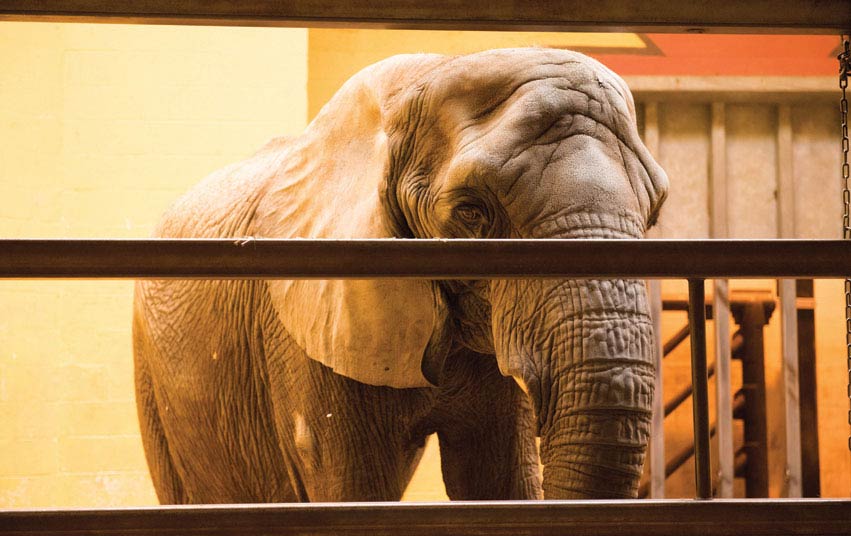
Zoochotic animals Stereotypic behaviours in animals used
Stereotypic behaviour is defined as a repetitive, invariant behaviour pattern with no obvious goal or function.

Stereotypical behaviour in animals. Nonetheless, repetitive and stereotypical behaviours play a key role in both animal and human behaviour. A stereotypy is a term for a group of phenotypic behaviours that are repetitive, morphologically identical and which possess no. Zoochosis is the term used to describe the stereotypical behaviour of animals in captivity.
Stereotypic behaviour is not seen in animals in the wild and is understood to be abnormal and is therefore a negative factor in conservation captive breeding. Like humans, animals also suffer mental illness. Stereotypic behaviour has been defined as a repetitive, invariant behaviour pattern with no obvious goal or function.1 a wide range of animals, from canaries2 to polar bears3 to humans4,5,6 can exhibit stereotypes.
They are rarely seen in animals in the wild and are most commonly displayed by domesticated animals and animals kept in captivity. They can come in the form of simple body movements such as rocking, or be more complex such as people crossing and uncrossing their legs or marching in place. The detection of stereotypical behaviours can enable animal care experts to recognise an issue and take steps to tackle it.
The most common stereotypies in horses are: Stereotypies and animal welfare stereotypies are one of the most intensively studied welfare issues of the domestic pig. Many pet owners have animals that are the worst offenders.
In animal behaviour, stereotypy, stereotypical or stereotyped behaviour has several meanings, leading to ambiguity in the scientific literature. What are stereotypical behaviors in animals? The most common stereotypies vary according to the taxonomic group.
Stereotypic behaviour has been defined as a repetitive, invariant behaviour pattern with no obvious goal or function. Stereotypic behaviour is defined as a repetitive, invariant behaviour pattern with no obvious goal or function. Some of you have probably figured out that this phenomenon doesn’t just occur in zoos.
Zoochosis is one good example. Enriching the animals’ environment is the most frequently used method and often results in either the elimination of or reduction. A wide range of animals, from canaries2 to polar bears3 to humans4,5,6 can exhibit stereotypes.
Stereotypies such as pacing are one of the behavioural indicators most frequently used to assess the welfare of zoo animals. Such behaviour is seen as being unnatural and generally seen in captive animals, often those held in small enclosures. These behaviors are often described as abnormal behavior in part because they arise under circumstances in which animals are thought to be bored or frustrated.
According to google, zoochosis is defined as term used to describe the stereotypical behaviour of animals in captivity. The reduced presence of stereotypical behaviour in both corrals constructed in natural environments is a clear indicator of the better quality of this type of. Thus, the most common stereotypies in carnivores are locomotory stereotypies while ungulates normally develop oral stereotypies.
It is thus necessary to measure biological traits like behaviour, stress physiology, and contextual factors driving the animals maintained at zoos. Stereotyped behavior might actually be a series of elaborate superstitious behaviors where the animal “thinks” their behavior is linked to some of the few rewards they get throughout the day. A stereotypy is a term for a group of phenotypic behaviours that are repetitive, morphologically identical and which possess no.
When we discover, either through our own observations or others, that our animals have stereotypic behaviours, we tend to say the animals are bored. Similar behaviours are observed across species, in. A repetitive or ritualistic movement.
One important measure of welfare is whether animals display aberrant behaviour called “stereotypies.” ‘stereotypical behaviour’ are pointless, repetitive behaviours animals perform when they experience stress or frustration with their living conditions. Many animals cope with unstimulating or small environments through stereotypic behavior, which, in zoological parlance, is a repetitive behavior that serves no obvious purpose, such as pacing, bar. Moreover, animals inhabiting the reintroduction oceanarium displayed all four types of stereotypical behaviours observed in the study, while those of the corrals displayed only one.
Stereotypical behaviours (stereotypies) are repetitive behaviours with no obvious goal or function.

Pacing tiger. It's called Stereotypic behavior. Polar
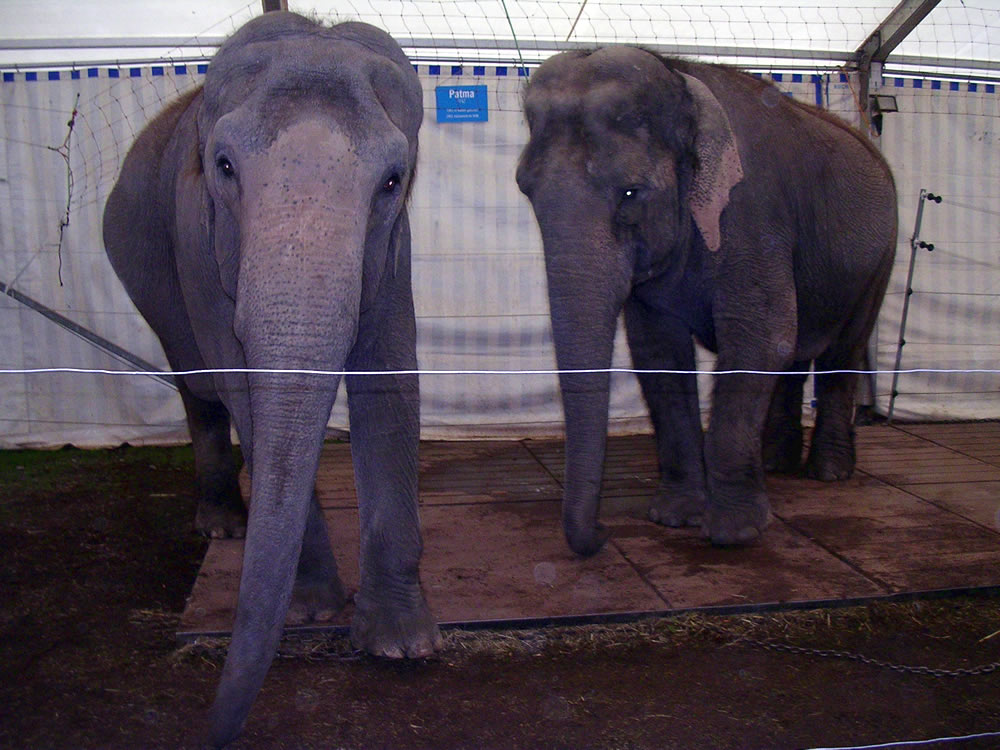
Stereotypical behavior in elephants Upali.ch

26 best Animal Behavior and Welfare images on Pinterest
A word from a little one MANAGEMENT REVIEW CARNIVORES

Stereotypical behavior in elephants Upali.ch
Why is keeping animals in cages considered cruel? Quora

Elephant at Melaka Zoo Showing Stereotypic Behaviour YouTube

Stereotypic behaviour in captive animals bear walking in

Individual and Environmental Factors Associated with

The Big Picture Of Zoo Elephant Stereotypy Faunalytics

Elephant Baba stereotypic behaviour YouTube

Stereotypies Bad Habits or Vices? EquiMed Horse
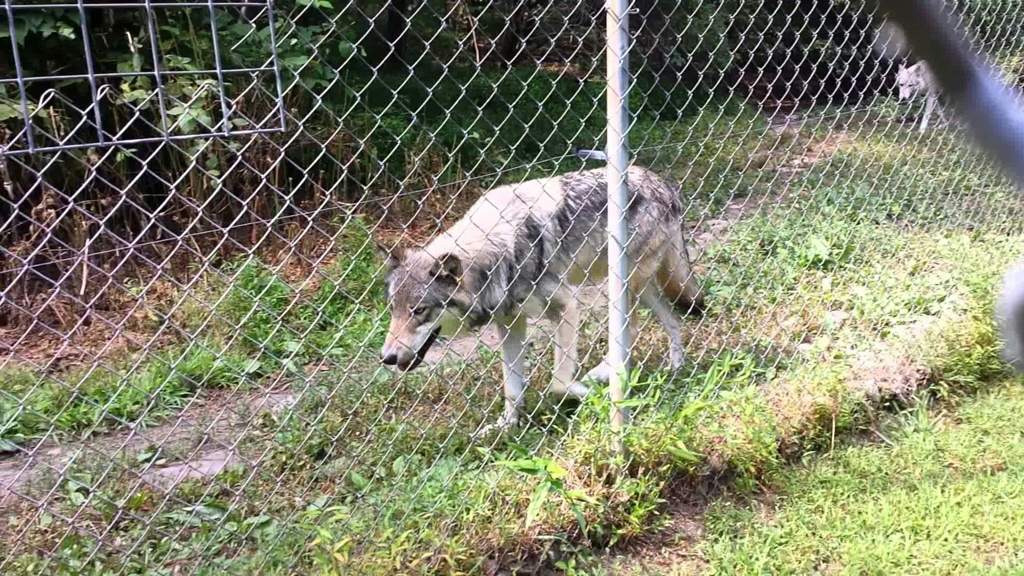
Stereotypic Pacing Wild Animals! Amino

Image result for giraffe stereotypic behavior Giraffe
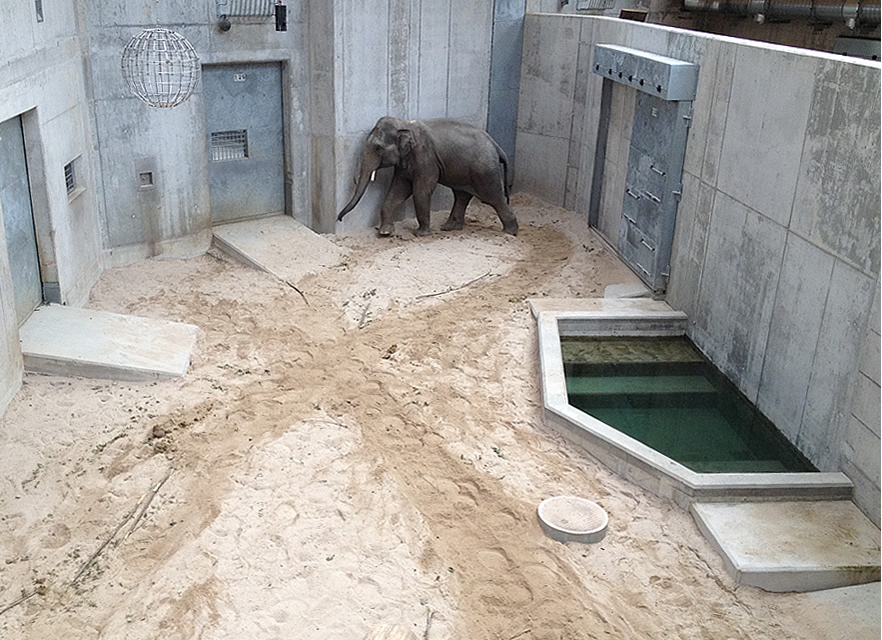
Stereotypical behavior in elephants Upali.ch

Animal behaviour Elephant in captivity displaying signs

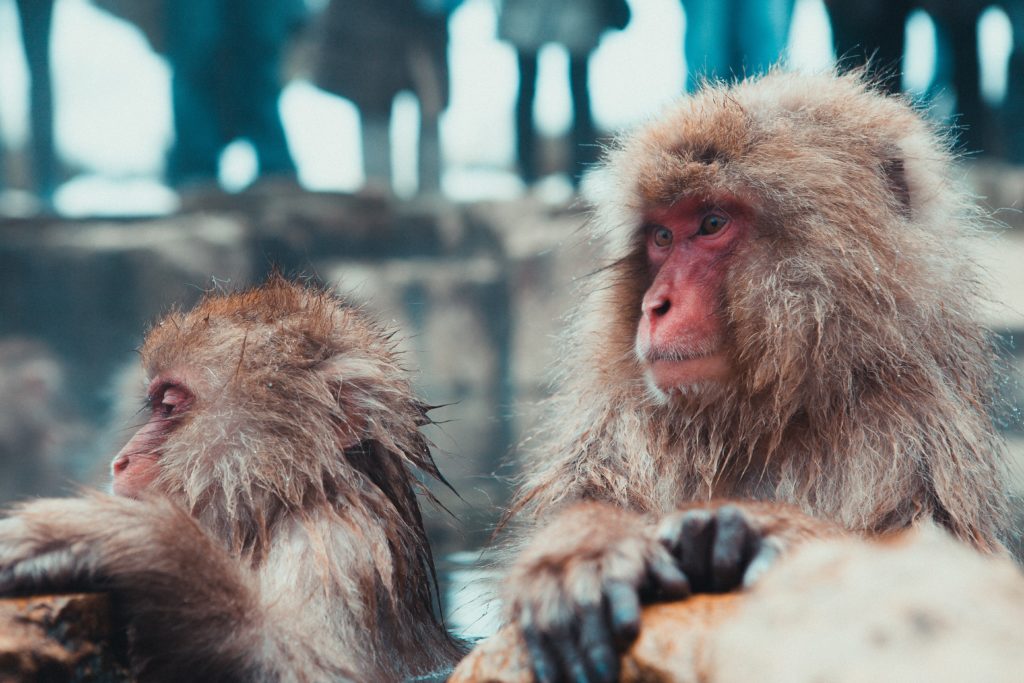
Post a Comment for "Trending Stereotypical Behaviour In Animals You Must Know"